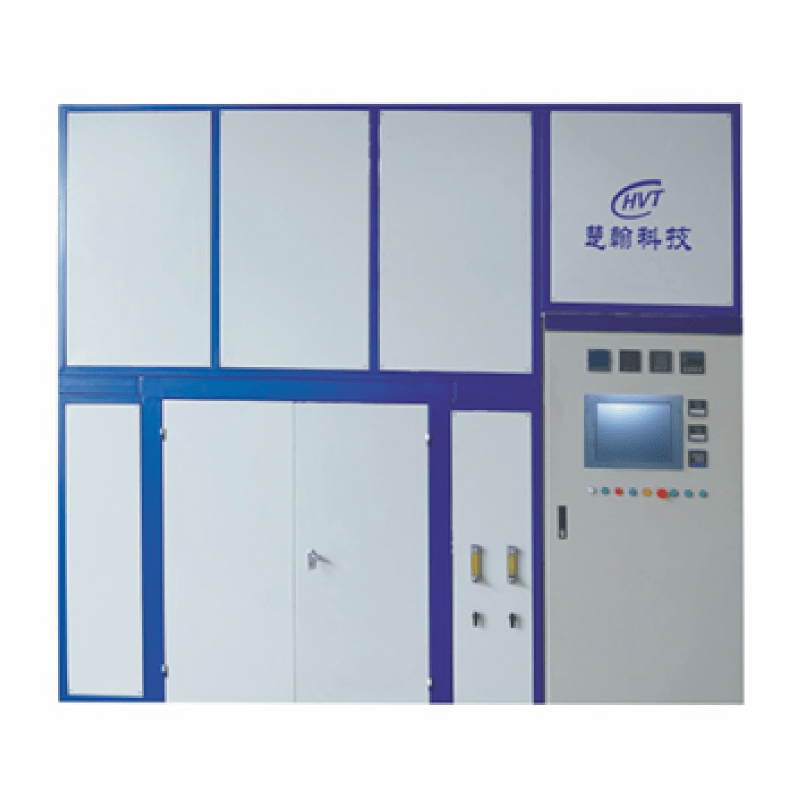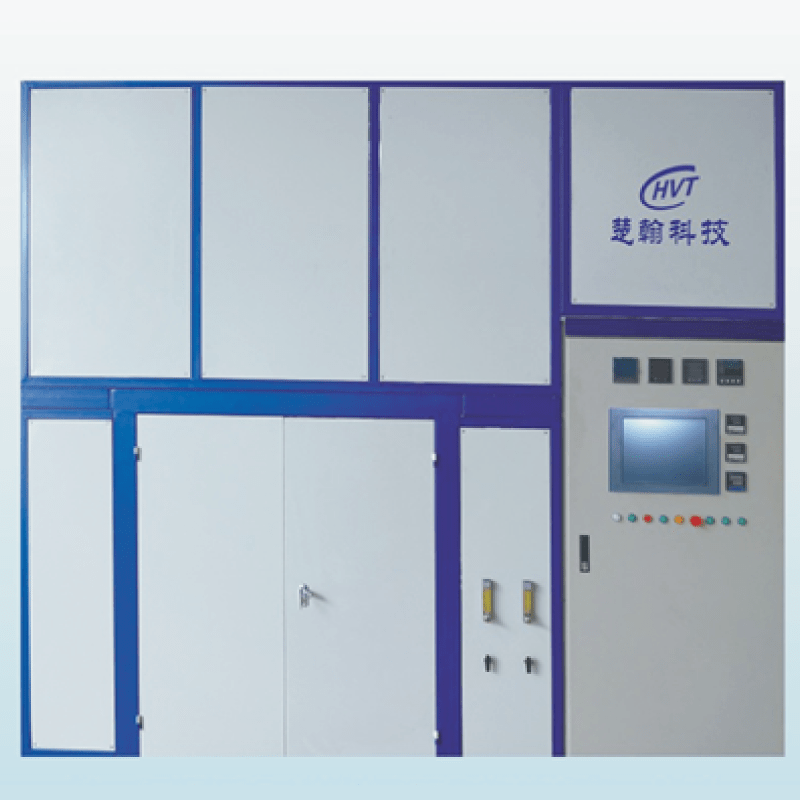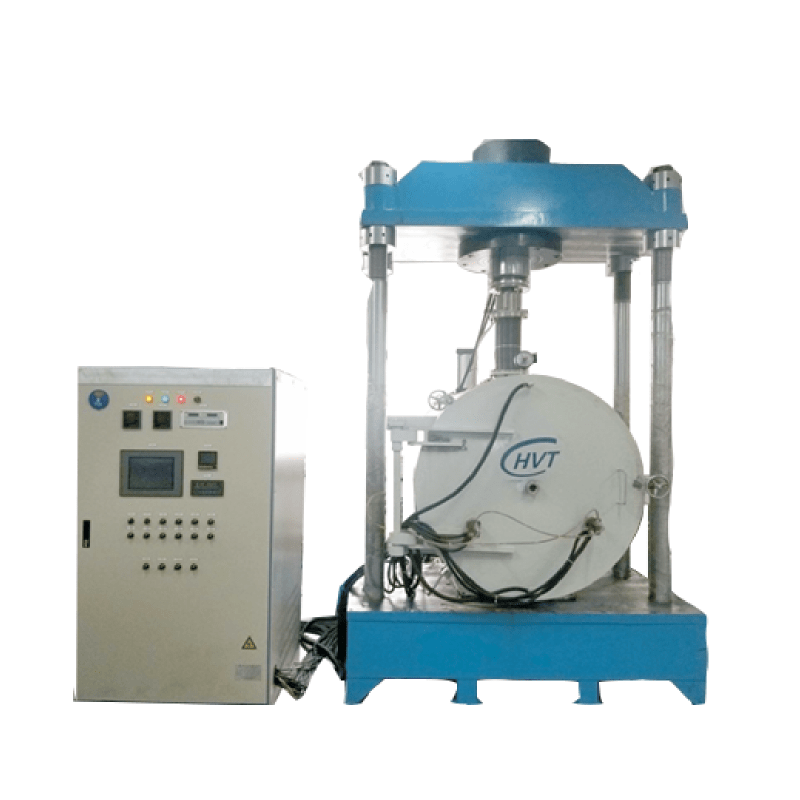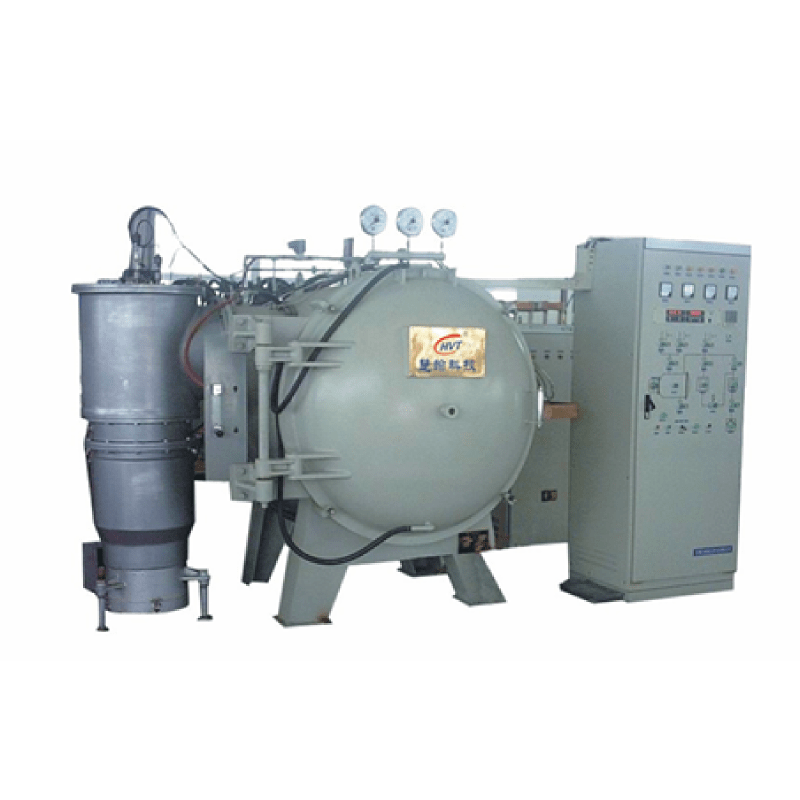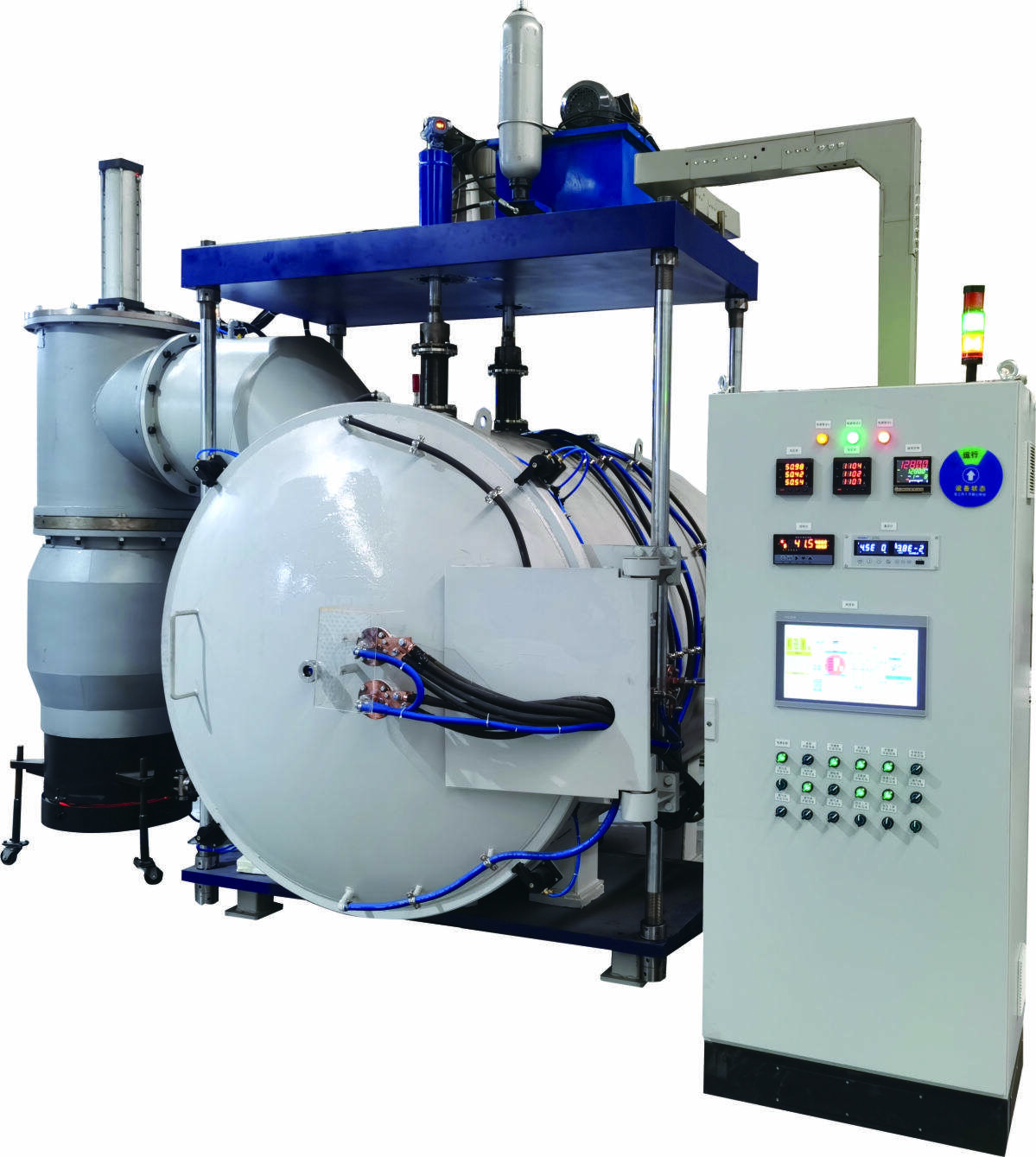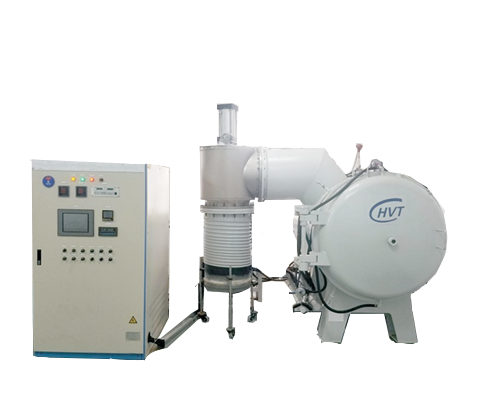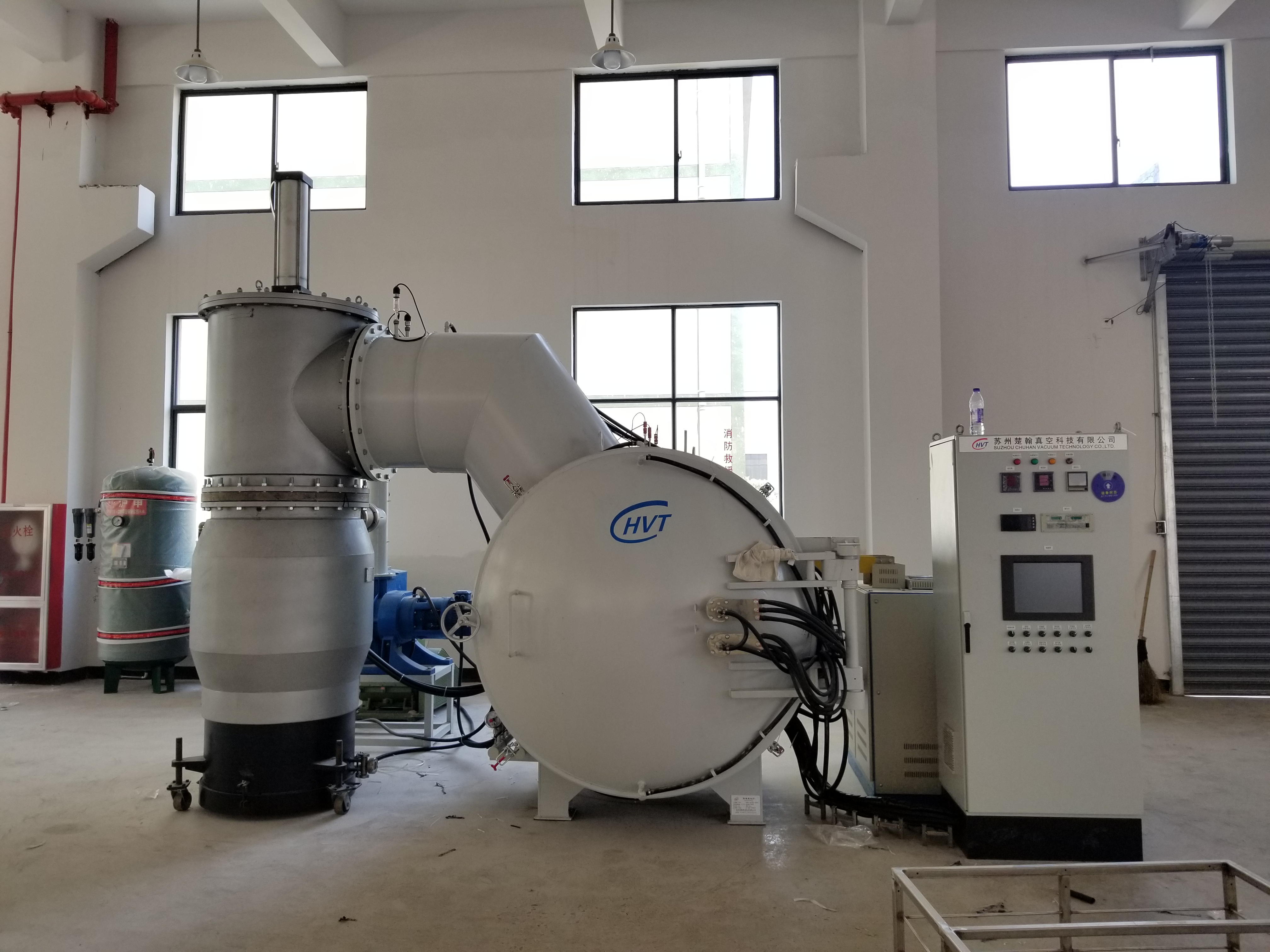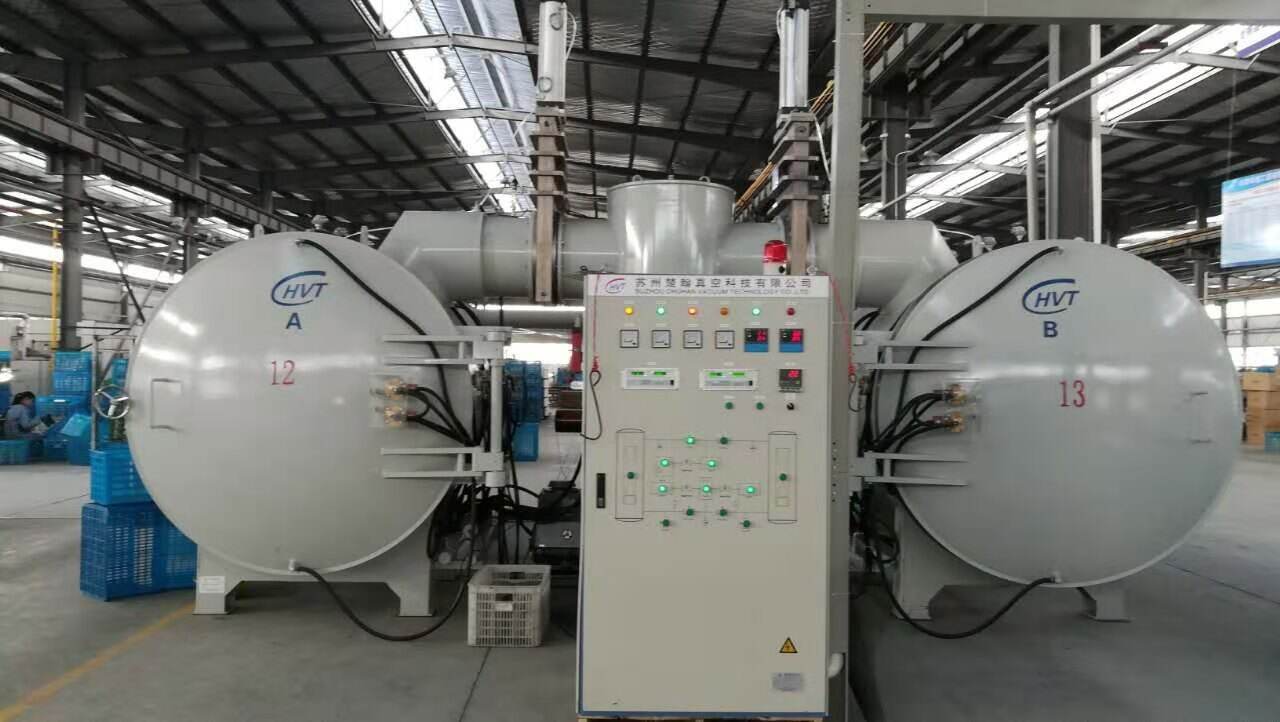induction melting equipment
Induction melting equipment represents a cutting-edge solution in modern metallurgical processes, utilizing electromagnetic induction to generate precise and controlled heating for metal melting operations. This sophisticated system comprises power supply units, water cooling systems, and specially designed induction coils that create powerful magnetic fields. When metal is placed within these coils, eddy currents are induced, generating internal heat that rapidly and efficiently melts the material. The equipment operates across various power ranges, from small laboratory units to industrial-scale systems capable of processing several tons of metal per hour. Advanced digital controls enable operators to maintain exact temperature specifications and achieve optimal melting conditions. The technology excels in processing various metals, including steel, copper, aluminum, and precious metals, while maintaining metal purity through its non-contact heating method. Modern induction melting systems incorporate safety features such as automatic shutdown protocols, temperature monitoring systems, and protective enclosures to ensure operator safety and process reliability. The equipment's versatility extends to various applications, from foundry operations and precious metal recycling to research and development in metallurgical laboratories.

